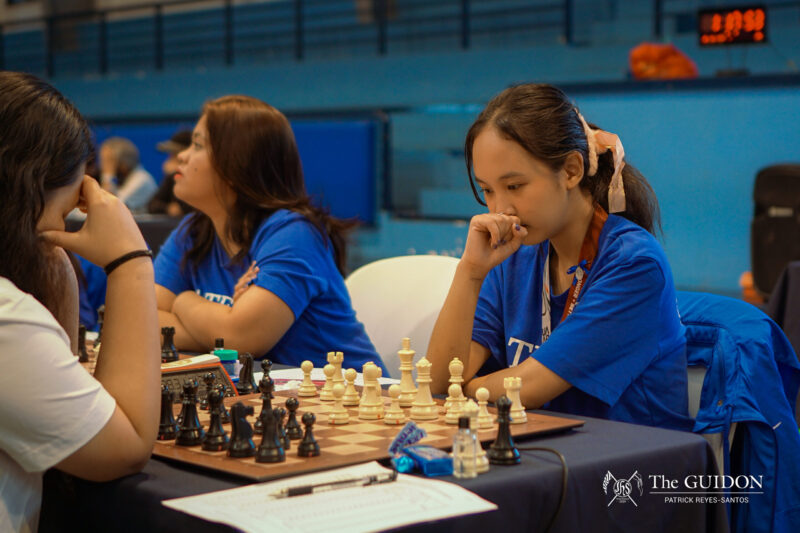DESPITE BOASTING among the highest vaccination rates, Europe and North America entered their third wave of coronavirus cases in July. World Health Organization Director-General Tedros Adhanom Ghebreyesus pinned the surge on the Delta variant—a highly infectious variant of COVID-19 first identified in India. The rise in infections in those regions coincided with a global uptick in cases.
For some developing countries, this same surge saw record rates of infection. Tedros cited inequitable vaccine distribution as a key factor in the disparity of COVID-related illness between the developing and developed world. Access to COVID-19 vaccines has also been impeded by bottlenecks in the global supply chain and large dose allocations to high-income countries (HICs).
Paid priority
Global efforts to distribute vaccines through COVID-19 Vaccines Global Access (COVAX) has drawn flak for allocating jabs proportional to the population, without accounting for the vaccinated. This arrangement favors countries that funded research for and procured doses of COVID-19 vaccines early in the pandemic as they received a greater share of doses compared to the local unvaccinated population.
The greater financial capacity of HICs to procure vaccines, coupled with COVAX arrangements, allowed HICs to stockpile doses that would otherwise be sent to low- and middle-income countries.
Responding to criticism of its regulations, COVAX has since changed its distribution policy to only cover the least vaccinated states. This is one of the steps taken by international groups to mitigate issues plaguing the supply chain.
Seeking to provide solutions for these, the World Trade Organization (WTO) published a list of chokepoints in vaccine distribution. Among the bottlenecks found by the WTO were inefficiencies in the manufacturing, regulatory approval, and distribution stages of the life-saving shots. Different regulatory requirements, border controls, and trade barriers were among the reasons cited by the WTO for the delays along critical points of the supply chain. These issues were pinned on a lack of international coordination—resulting in lagged and uneven roll-outs that created pockets of immunity but left the developing world exposed to the virus.
Petri dish populations
A large segment of the population in developing countries remains vulnerable to infection due to delays in vaccine administration. The lack of access to doses and struggling healthcare systems created ripe conditions for the emergence of more transmissible COVID-19 variants in developing countries. Additionally, new strains of the coronavirus can also raise the threshold for herd immunity as breakthrough infections increase.
In an interview with CNN Philippines, Dr. Rhona Bergantin of the Philippine Society for Microbiology and Infectious Diseases noted that “…if our hospitals will be inundated with all these patients, our capacity to treat these patients will also suffer…”
Managing patient surges has been a pervasive issue in less vaccinated areas, allowing variants to spread quicker. The Delta variant that started a global wave of infections overran hospitals in India—allowing its spread elsewhere.
The mutations that emerged in India allowed the new strain to break through and cause third wave infections that swept Europe and North America despite high vaccination rates. Tedros had earlier warned that “inequitable vaccine distribution means that we have allowed COVID-19 to continue spreading, increasing the chances of a variant emerging that renders vaccines less effective.”
In the same thread, he called for increased coordination and fair vaccine distribution to address the unique challenges of an international pandemic response.
Pandemic proposals and programs
Answering the call for a coordinated effort to end the pandemic, the United States hosted the Global COVID-19 Summit—attended by delegates from 69 other countries and numerous organizations—that outlined common goals and commitments for the international community. Discussions ranged from inoculation targets and financing to combating the spread of disinformation, but no binding agreement was reached. As world leaders struggle to create a unified course of action, medical professionals scramble to protect long-neglected areas before the disease can take hold.
In the Philippines, poor infrastructure in remote areas still impedes rural vaccinations. While Metro Manila expects to achieve herd immunity by the end of 2021, this goal remains elusive for some provinces. Years of neglect for geographically isolated and disadvantaged areas, ill-equipped facilities, and tough terrain have left healthcare workers stretched thin due to understaffing in these communities—some only reachable by foot or boat.
Although these areas are remote, the case of India illustrates the need for inclusive immunization. Ending the threat of COVID-19 requires a coordinated global push for herd immunity. Without international unity, gaps in vaccination—if neglected—risk the rise of a resurgent virus. “Inequitable vaccination is a threat to all nations, not only those with the fewest vaccines,” Tedros emphasized.




